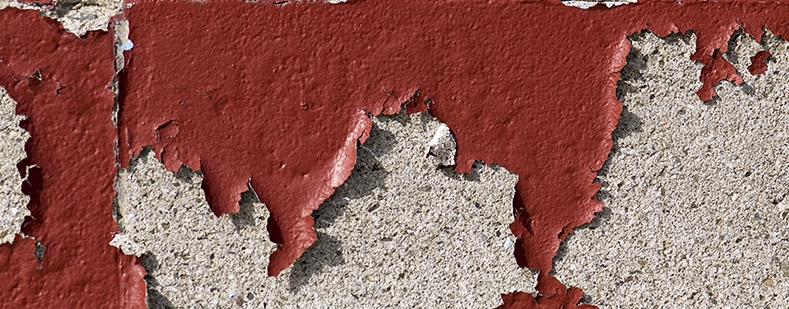Those involved in lead paint removal, lead based paint encapsulation, or concerned with lead paint removal costs have likely heard the term “Cradle to Grave,” but not everyone knows what it means in the lead abatement world.
Cradle to Grave is shorthand for what happens to hazardous waste from the moment it is generated (freed from substrate by abrasive blasting, grinding, or other means) until it is processed into something other than hazardous waste or placed into long-term storage.
Three types of companies commonly involved in these activities include: Coatings and abrasive-blast companies, those transporting hazardous material, and those processing the hazardous waste so that no lead enters the environment. All three entities (creator, transporter, and processor) are regulated by federal, state, and local laws.
Is Lead Hazardous Waste?
For coatings or abrasive blasting contractors, lead becomes a hazardous material the moment it is blasted, chipped, scraped, or otherwise removed from an existing substrate. This is where the chain of custody begins. Contractors must follow strict procedures regarding waste collection and temporary on-site storage. Those practices include properly containing, quantifying, labeling, inspecting, testing, record keeping, and reporting collected waste.
Hazardous waste transporters are the next link in the Cradle to Grave sequence. Savvy coatings and abrasive blast contractors ensure that their waste transporters possess proper federal EPA ID numbers (U.S.), federal and state DOT waste hauler licenses (U.S.), other approvals (such as public utilities permits), and that drivers have hazardous waste endorsements on their commercial licenses.
Treatment, storage and disposal facilities (TSDs or TSDFs) are the last stop in the Cradle to Grave progression. TSDs may use kiln burning, open burning, open detonation, mechanical processing, or chemical processing to destroy or make materials less hazardous. They may store large amounts of hazardous material onsite, whether produced at the TSD or elsewhere. The TSD will issue a final certification regarding lead waste received and the contractor should retain that certification indefinitely.
Since waste hauling and treatment is often billed per unit (ie: 55 gallon drum or 2,200 pound woven landfill sack), it is in the contractor’s best interest to minimize hazardous waste volume as a means of keeping disposal costs down. Choosing lightweight, recyclable blast media helps in this regard, as does pre-treating the substrate or incorporating a fine-tuned mix of additives into the abrasive media itself. Adding foreign material such as iron filings to hazardous waste to cause test results to show it non-hazardous is against U.S. regulations and may violate laws in other regions.
Contractors involved in deleading should keep indefinitely detailed records of the complete chain of custody of all hazardous wastes created. More and more, larger public and private entities are examining contractor’s prior-project records to ensure that they, as potential future-project bidders, are following lead waste regulations, Cradle to Grave.
Before starting a lead project, make sure you have your bases covered. Review Sponge-Jet's Deleading and Lead Abatement Industry CYA Checklist below:
Chris Lovelace, Technical Contributor
Founder of The Lovelace Group, Chris has more than 25 years’ experience and is a nationally recognized leader, educator, and curriculum developer in the field of hazardous materials handling (lead, asbestos, etc.). For more information email Chris at Chris@thelovelacegroup.com, or phone (678) 764-8963.









